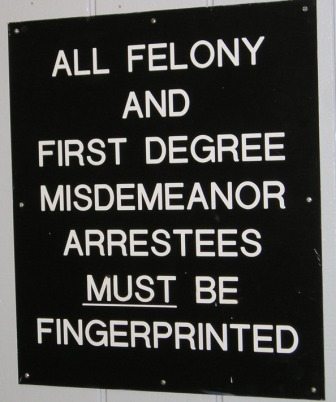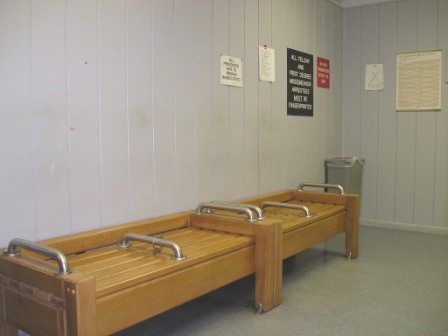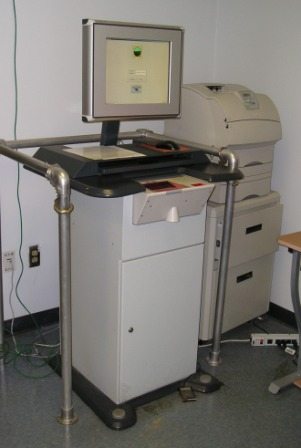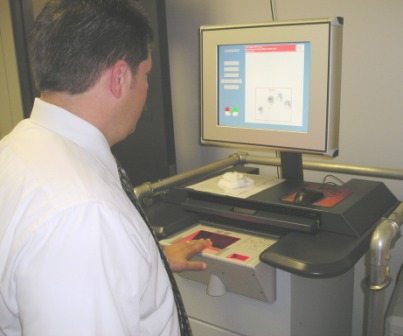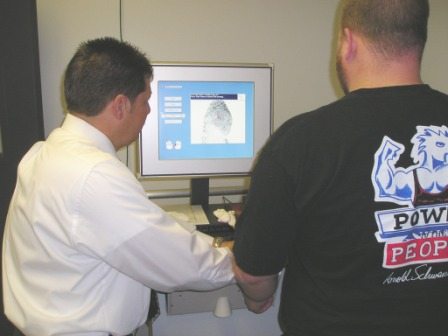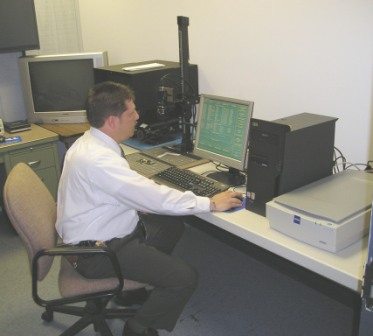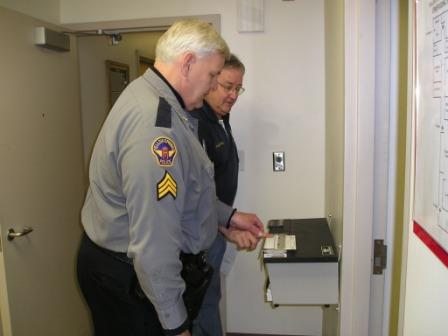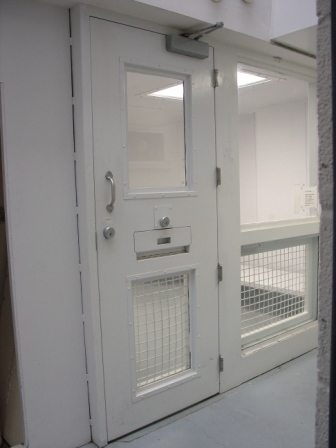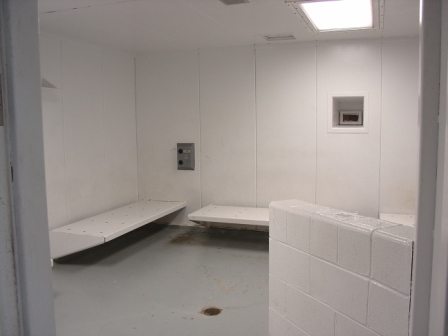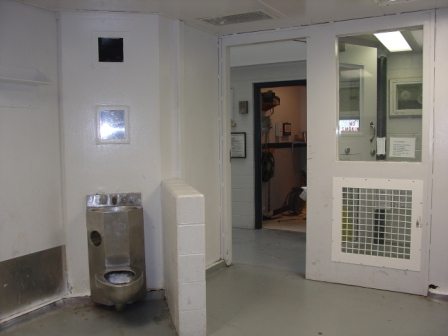“He’s running!”
A bag of cocaine is tossed to the ground along with a small handgun. The bad guy takes off, and he’s well prepared for the run—tennis shoes and loose clothing. More importantly, he has a small head start … and he’s younger. Much younger. A kid.
You know, it’s difficult to chase someone, especially while wearing a suit and dress shoes, but that’s the nature of the beast. So detectives don’t complain, they just do it. Sure, they’ll hear the teasing from the uniforms, later … “Who taught you how to run, your grandma?” “Slowest chase I’ve ever seen.” “You got weights tied to your ankles?” “You put your feet on backward this morning?”
However, in spite of the awkward, wingtip-clad feet, the investigator almost always catches the thug, wrestles to get the cuffs on his wrists, and stands him upright for the walk back to the unmarked police car. Then it’s back to the police station for processing, which includes mugshot photos, fingerprinting, and normally the prisoner’s phone call to his wife or girlfriend, or both, mother, attorney, or bail bondsman (sometimes, there’s a list of local bail/bond folks beside the jail/police department lockup phone).
The actual foot chase …
Yes, that’s me in the above photo, with sweaty hair pulled behind my ears. At the time, I was working a special assignment where a bit longer hair, and facial hair, helped to blend in with the targets of the investigation. Since I’d been to court to testify in a trial on the day the picture was taken, I’d worn a coat and tie. Unfortunately, for me, this foot chase occurred in the summertime and it was extremely humid. On a typical day I’d have been in jeans, a t-shirt, and tennis shoes.
The picture was taken by a newspaper reporter who somehow managed to show up just as I captured an escapee from a prison located twenty miles or so from the city. I’ve never understood how reporters always seem to find you, when backup cannot.
Anyway, I’d just left court and was on my way back to my office when I spotted the guy walking along the railroad tracks. He saw me and took off like a rabbit. I jumped from my car and chased him through neighborhoods, over a short fence, under a taller fence, through alleys and parking lots, and finally into someone’s unlocked apartment. After a brief and quite intense struggle while listening to nonstop screaming and squalling coming from the two women who lived in the apartment, I handcuffed the escapee and proceeded to walk the long trek back to my car. Of course, I’d jumped out of the car without grabbing my portable radio, so backup had no idea where I was. Not a smart thing to do. Couldn’t blame them … this time.
Signs like the one above are reminders for the officers who sometimes have a tendency to forget the details.
Officers must lock their weapons inside a lockbox before entering the booking area. This is to prevent prisoners from gaining control of a firearm. The officer locks the box and takes the key with him.
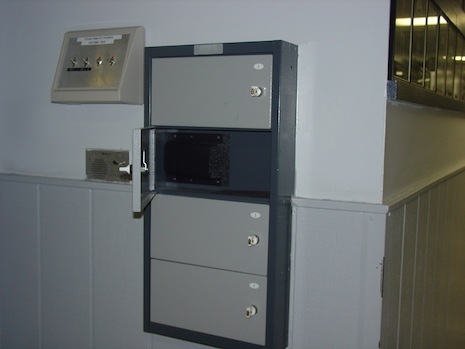
Lockbox at entrance to booking area.
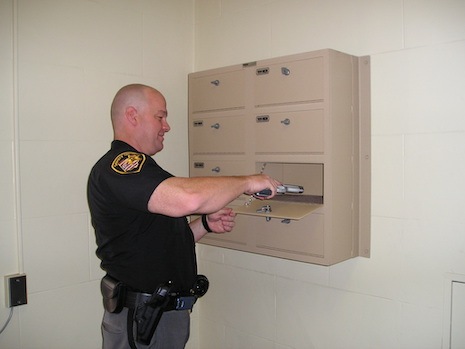
Officers, in this case a deputy sheriff, secure their weapons inside a lockbox whenever they deal with prisoners.
Arrested persons are often seated and handcuffed to benches while waiting for processing. Notice the handcuffs attached to the second rail from the left, below.
Prisoners are fingerprinted for both in-house records and for the FBI national database. Most departments now use automated fingerprinting devices, such as this LiveScan terminal.
Capturing a suspect’s fingerprints on a LiveScan terminal
Prints are transferred to a computer terminal where the suspect’s personal information is entered.
Digital images replace ten-print cards (cards used for capturing inked fingerprints).
Some departments still use the old ink and ten-print card method of fingerprinting (LiveScan terminals are expensive).
Then, with the processing complete, prisoners are placed into a holding cell until they post bond, or until they are transferred to the county jail to await their first court appearance, usually an arraignment.
Police department holding cell.
Steel plates mounted on the walls serve as beds. Prisoners are issued mattresses if their stay is overnight.
Combination sink and toilet
In-cell telephone
When prisoners are transported from the lockup to a county jail, or for court proceedings, they’re often placed in full restraints—handcuffs, waist chain, and leg irons, like those pictured below.
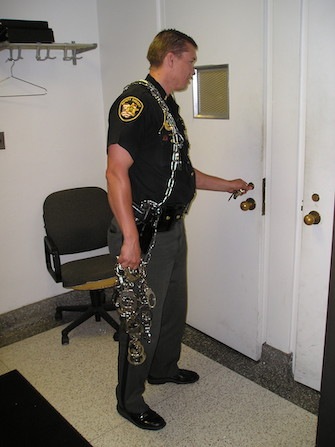
The deputy pictured above unlocks a holding cell door to begin shackling prisoners for their court appearances. The deputy is armed, as you may have noticed, but this is a staged photo taken by me for the purpose of educating writers about the process. In a real situation his weapon would be in the lockbox. There were no prisoners inside the cell at the time we took the photograph.


